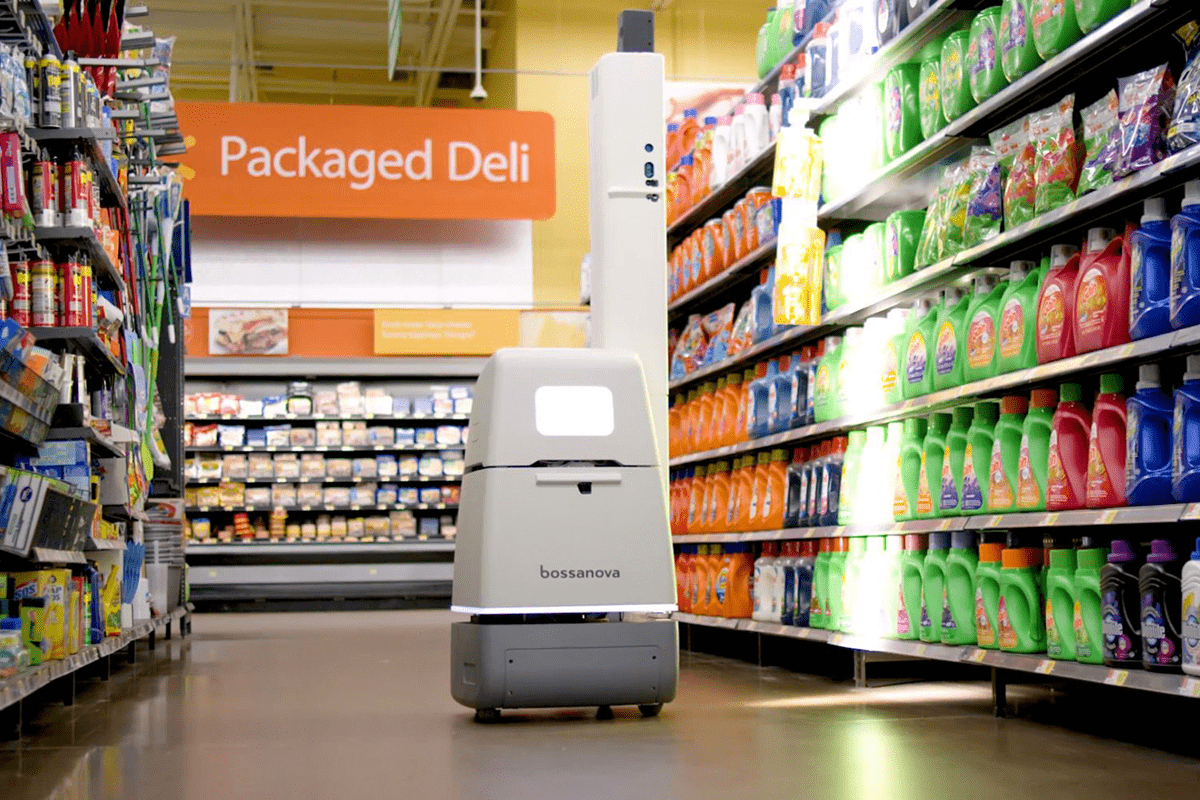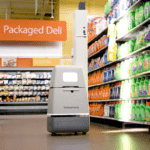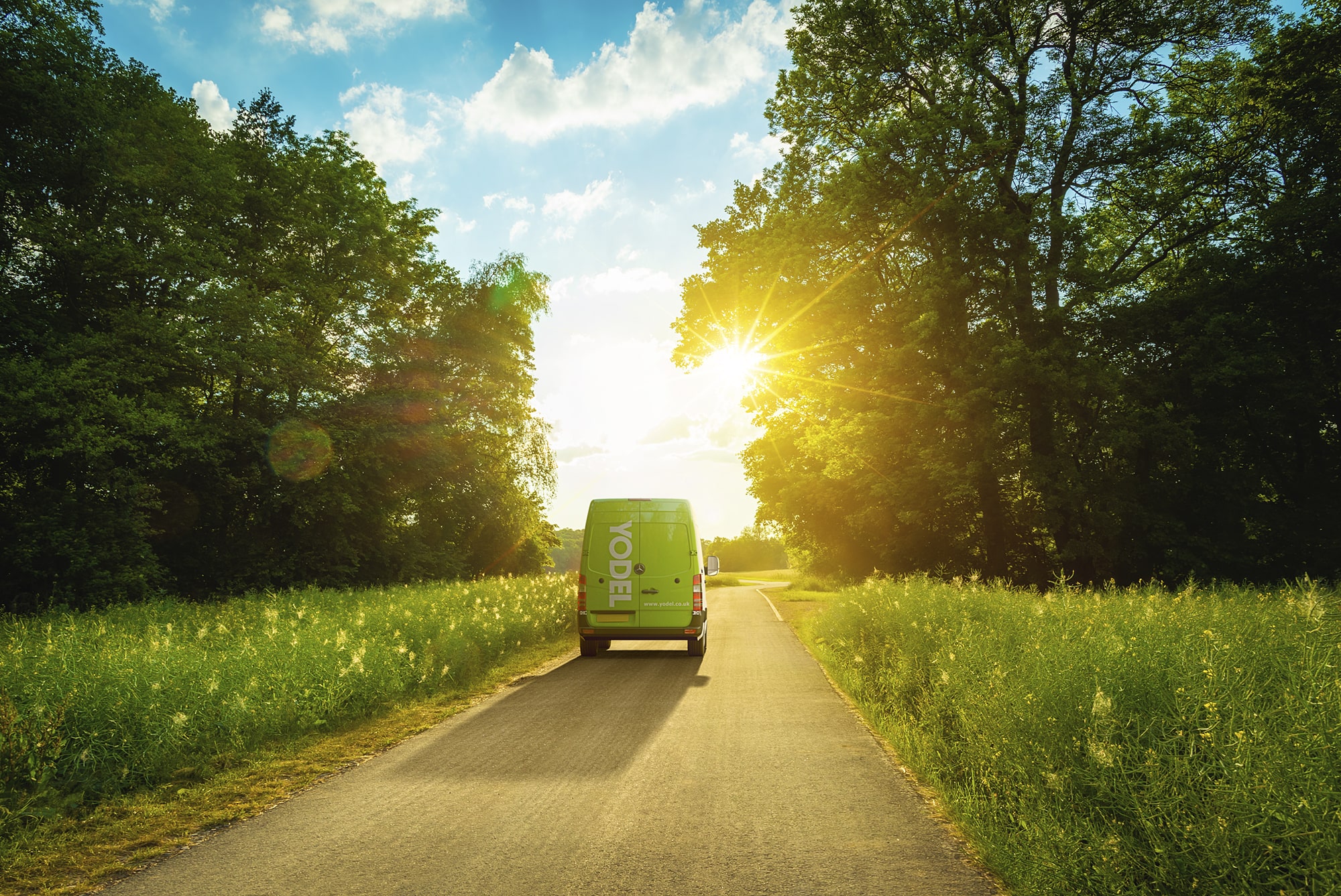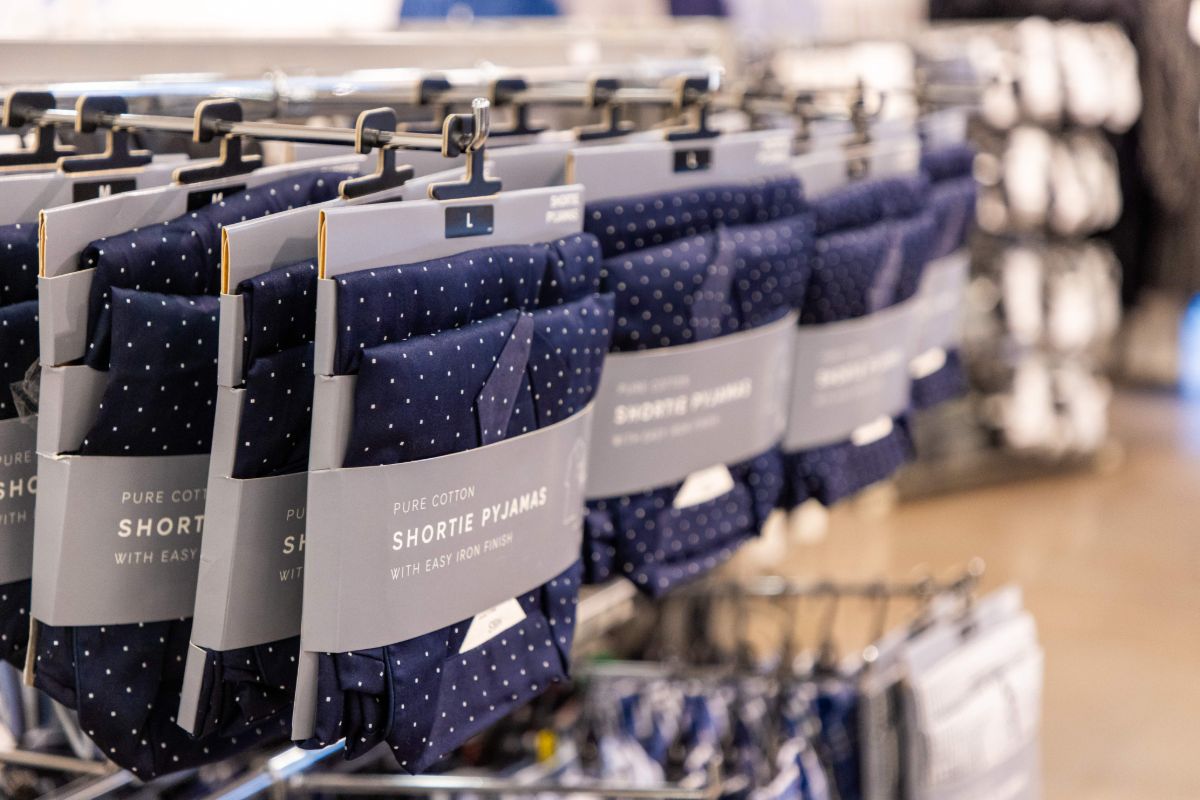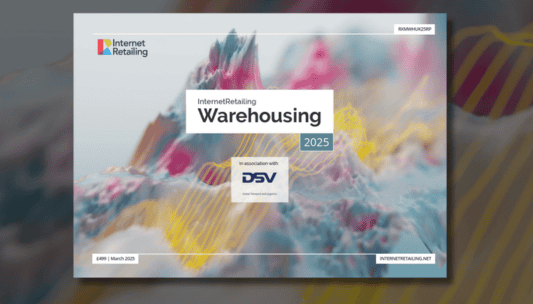By automating mundane tasks and freeing up staff, will robots help to improve the overall customer experience? Jonathan Wright investigates.
For multichannel retailers bricks-and-mortar stores are essential in communicating brand values to customers. Landmark stores generate a sense of drama and a sense of place, while even more modest shops offer the opportunity, from the retail perspective, to learn at first hand what’s important to shoppers. But as the current travails of the British high street demonstrate, shop space is expensive and weighs heavily on retailers as more and more shoppers choose to go online.
One answer to these kinds of problems may be to cut costs through automation, which is where robots come in. So far, the idea of autonomous machines has been largely associated with back-end tasks such as warehousing and even deliveries, but robotics and data company Bossa Nova sees a role for robots out in front-of-house operations, scanning shelves to check stock levels and providing realtime inventory data.
It’s a straightforward task but, according to Red McKay, Bossa Nova’s managing director in Europe, the robots’ effect on the overall business can be huge. “The solution in itself facilitates deep thinking in terms of how resource is used, how stores are laid out, and how stores react after busy periods of time when there are lots of off-sales,” he says. “That feeds back all the way through the supply chain – when orders are placed, when manufacturers are ordering. It’s very powerful.”
It also frees up sales associates from what’s a dull and dreary task, but nevertheless one that needs to be undertaken on a regular basis. Already in service in Walmart stores in the US, Bossa Nova’s robots trundle up and down the aisles monitoring what’s on the shelves through photography and 3D laser scanning technology (lidar).
The robots are also being trialled by two retailers in the UK, and the company has recently opened its first international office, in Sheffield, chosen because of good communication links, access to technical skills at the local university and manufacturing expertise, and Britain’s “density of retail”.
It’s a task the machines undertake for hour after hour with around 95% accuracy, as against an equivalent figure that can drop to 40% when humans do this job. Able to detect objects such as trolleys and boxes, the robots can navigate stores without mowing down shoppers.
Filling gaps
In terms of the overall customer experience, the first big advantage for retailers here is that, in Mackay’s words, data gathered “aisle by aisle, section by section, shelf by shelf, product by product” can be used to ensure that any gaps on the shelves are filled without delay so that customers don’t show up to find that items are missing.
As McKay notes, when customers find empty shelves, “That creates an emotional response,” a response that might cause a customer to try the supermarket down the road or to decide to do their shopping online with a competitor in future.
It’s worth noting here too that customer expectations are increasing because of ecommerce. When customers go online and order an item, they can typically see instantly whether it’s available or not. Increasingly, they are impatient of empty shelves in stores.
More subtly, because retailers receive real-time data, it increases retailers’ ability to react to new patterns of customer behaviour. If, for example, a product becomes popular because it’s been featured on The Great British Bake Off, retailers can react quickly.
From a different angle, there can be regional differences in the kinds of products customers buy. Having an accurate and actionable picture of how this works on a day-to-day basis increases a retailer’s ability to offer customers the goods they search for.
Arguably more important still is the idea of what sales associates might do instead of scanning shelves. One answer, of course, is that retailers can simply cut costs by reducing the number of staff, but another approach is to think of staff as brand ambassadors on hand to help out consumers.
“Your ability to look at customer service is increased,” says McKay of how the robots can impact on overall operations. “That means those grocers could potentially look at that resource and instead of doing that [stock-taking] task, difficult, challenging, not very popular and not accurate, could look at how the customers are offered service within the store, how the customers are dealt with at the till point.
“Do we pack? Do we help them to the car? Do we have more staff available to help them ask questions rather than with a scanner trying to remember where their place is? So the whole customer experience is facilitated by the use of automating the collection of data.”
Service robots
Clearly, that’s not to say that robots are likely to offer a solution to every problem within bricks-and-retail mortar. It’s no coincidence that Bossa Nova’s initial offering is aimed at supermarkets. This is a sector characterised by high-volume sales of day-to-day products. A robot scanning stock levels in a top-end boutique fashion store would hardly be likely to be as useful.
However, to come back to the idea of bricks-and-mortar retail as a place where brand values are communicated, there are robots that are much more fun. BMW recently opened its first UK-based Urban Store at Bluewater in Kent.
Here, Pepper the Robot has been on hand to offer information about the store, to take in customer feedback and even to take contact information from customers. There’s a certain element of novelty here, but then this is a landmark store that needs to generate excitement.
And robots do create a sense of drama, even those that are endlessly taking inventory in a supermarket. As McKay reports of one exchange overheard on the shop floor: “Don’t worry nanna, it’s a robot and it’s helping us.”
The next wave of in-store technology
What kinds of technologies might robots such as those developed by Bossa Nova ultimately interface with? One area that immediately springs to mind is those technologies being developed to analyse customer behaviour in the store. With ecommerce, behaviour is already comparatively easy to analyse, especially where customers are logged in, but the world of the high street and shopping centre is far messier.
Despite the difficulties, retailers are now beginning to experiment with techniques that not only look at how customers navigate the store – which aisles do they linger on and what kinds of merchandising displays attract the most attention? – but measure the emotional responses of these customers.
It’s one thing to note that customers stop at certain points in a store, it’s far more useful to know why, what they’re thinking and feeling when they stop. Did customers stop, for example, because they were drawn to something they were interested in or simply it’s a place where the store’s layout is confusing? There’s a risk that even the most sophisticated heat maps don’t always tell the whole story.
If this kind of data can be married up with stock data, there’s huge potential to create better customer experiences, to analyse the customer journey from browsing through to completion with greater degrees of precision.
However, it’s also worth being cautious here. This kind of analysis of individual behaviour understandably makes people nervous as being too intrusive, something reflected in recent European legislation around data and privacy – as Bossa Nova’s Red McKay, it’s worth noting, is keen to emphasise. However, if retailers take an algorithm-based approach that doesn’t run the risk of identifying individuals, there are huge opportunities here.
